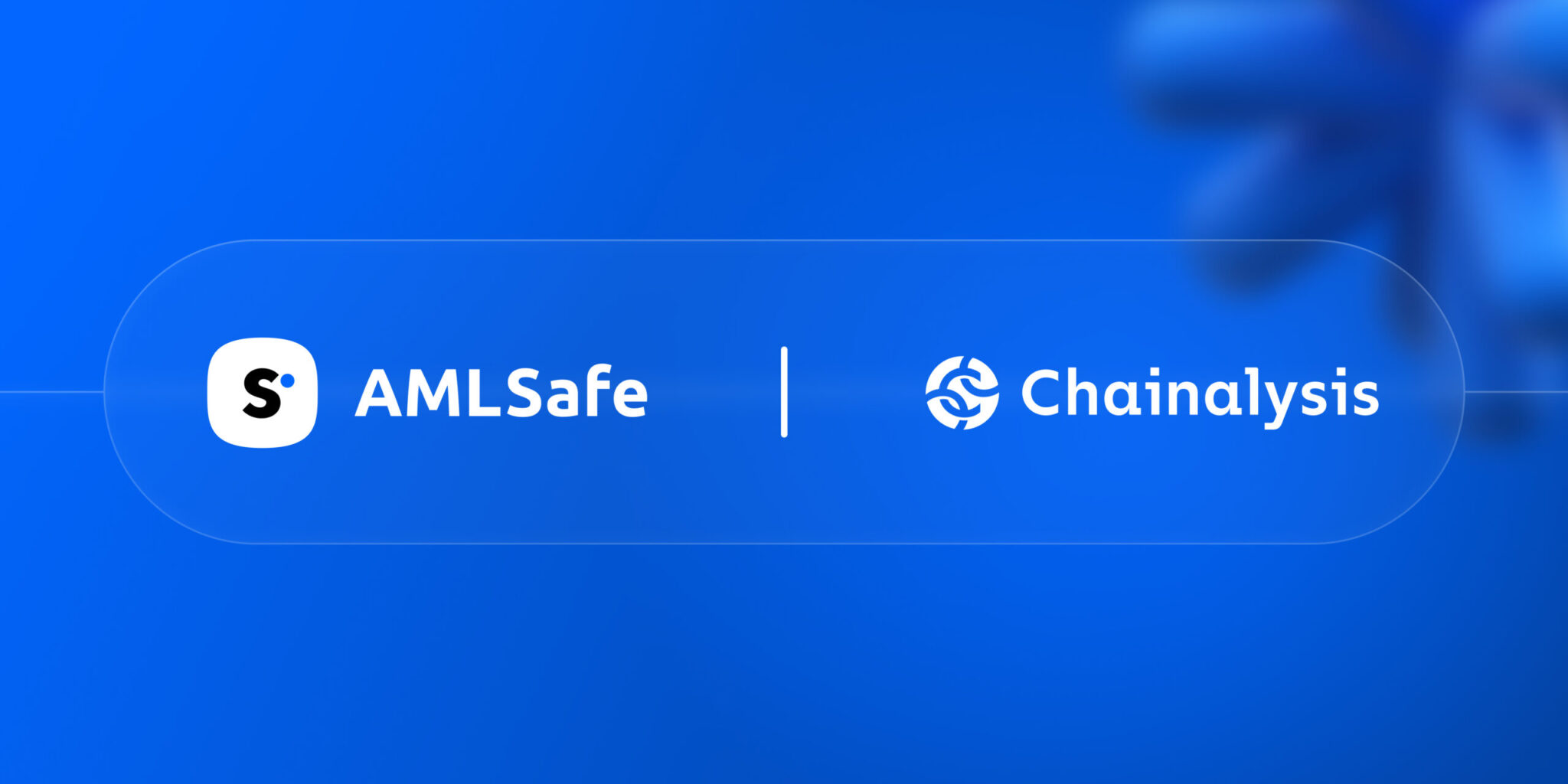Middle Management: Key To Effective Communication And Collaboration

Table of Contents
Middle management plays a pivotal role in any organization's success. They are the crucial link between executive leadership and frontline employees, responsible for translating strategic goals into actionable plans and fostering a collaborative work environment. Effective communication and collaboration within middle management aren't merely beneficial; they are absolutely essential for achieving organizational objectives. This article explores key strategies for middle managers to excel in these crucial areas, transforming their teams and driving overall organizational success.
The Importance of Clear Communication in Middle Management
Effective communication is the bedrock of successful middle management. It's a three-pronged approach, encompassing upward, downward, and lateral communication flows. Each requires a different strategy and careful execution to ensure everyone is informed, aligned, and working towards the same goals.
Upward Communication: Keeping Leadership Informed
Middle managers are the eyes and ears of their teams. Effective upward communication keeps leadership informed about team progress, challenges, and potential roadblocks. This proactive approach is crucial for strategic decision-making.
- Regular reporting: Establish a consistent reporting schedule, using clear and concise formats (e.g., weekly email summaries, monthly dashboards).
- Proactive issue identification: Don't wait for crises to erupt. Identify potential roadblocks early and escalate them to leadership promptly, providing context and potential solutions.
- Data-driven recommendations: Support your reports and recommendations with data and analysis, demonstrating a clear understanding of the situation and potential impact.
- Effective presentations: Learn how to effectively present information to leadership, tailoring your communication style to their preferences and needs.
Downward Communication: Ensuring Team Alignment
Clear and consistent downward communication ensures that team members understand organizational goals, expectations, and their role in achieving them. This fosters a sense of purpose and shared responsibility.
- Articulating organizational goals: Translate complex strategic goals into easily understandable and actionable steps for your team.
- Breaking down information: Simplify complex information into digestible chunks, using multiple communication channels to reach everyone effectively.
- Utilizing various communication channels: Employ a mix of methods like team meetings, emails, intranet updates, and informal check-ins to ensure messages resonate.
- Encouraging open dialogue: Create a culture of open communication where team members feel comfortable sharing feedback, concerns, and suggestions.
- Regular updates and recognition: Provide regular updates on team progress, celebrating successes and acknowledging individual contributions.
Lateral Communication: Fostering Cross-Departmental Collaboration
Effective middle managers don't operate in silos. They actively build relationships and collaborate with peers in other departments to break down organizational barriers and achieve shared objectives.
- Building strong relationships: Network with peers in other departments, attending cross-departmental meetings and proactively seeking opportunities for collaboration.
- Facilitating collaborative projects: Take the initiative to organize and lead cross-departmental projects, facilitating information sharing and problem-solving.
- Leveraging collaborative tools: Utilize project management software, shared document platforms, and other collaborative tools to streamline workflows and enhance teamwork.
- Promoting a culture of collaboration: Foster a supportive environment where teams readily share information, assist each other, and work together to achieve common goals.
Strategies for Enhanced Collaboration within Middle Management
Building a strong collaborative culture within middle management requires intentional strategies focused on team building, conflict resolution, and leveraging technology.
Building High-Performing Teams
A high-performing team is more than just a collection of individuals; it's a cohesive unit working synergistically towards shared goals.
- Define clear roles and responsibilities: Ensure that each team member understands their responsibilities and how their work contributes to the overall team objectives.
- Foster trust and respect: Create a culture of trust and mutual respect where team members feel valued and supported.
- Encourage teamwork: Facilitate team-building activities and promote open communication to enhance collaboration and improve team cohesion.
- Professional development: Provide opportunities for professional development to enhance individual and team skills.
- Recognition and rewards: Acknowledge and reward team accomplishments to boost morale and motivate continued high performance.
Effective Conflict Resolution
Conflicts are inevitable in any team, but how they are handled determines their impact. Effective conflict resolution is a crucial skill for middle managers.
- Prompt conflict identification: Address conflicts promptly, preventing them from escalating into larger issues.
- Facilitate constructive dialogue: Create a safe space for conflicting parties to express their perspectives and find common ground.
- Impartial mediation: Mediate disputes fairly, ensuring that all voices are heard and considered.
- Address root causes: Identify and address the underlying causes of conflict to prevent recurrence.
- Utilize conflict resolution frameworks: Employ proven conflict resolution frameworks like negotiation or mediation to guide the process.
Leveraging Technology for Improved Collaboration
Technology can significantly enhance communication and collaboration within middle management.
- Project management tools: Utilize tools like Asana, Trello, or Monday.com for task assignment, tracking, and progress monitoring.
- Communication platforms: Implement platforms like Slack or Microsoft Teams for seamless information sharing and instant communication.
- Collaborative document editing: Use Google Docs or Microsoft 365 for real-time collaboration on documents and presentations.
- Video conferencing: Utilize video conferencing tools like Zoom or Google Meet for remote team meetings and collaboration.
Measuring the Effectiveness of Communication and Collaboration in Middle Management
Measuring the effectiveness of your communication and collaboration strategies is crucial for continuous improvement.
Key Performance Indicators (KPIs)
Use these KPIs to track progress and identify areas for improvement:
- Team productivity and efficiency: Measure output, project completion rates, and overall team performance.
- Employee satisfaction and engagement: Conduct regular surveys and feedback sessions to gauge employee morale and satisfaction.
- Project completion rates and timelines: Track project completion rates and adherence to deadlines.
- Reduction in conflicts and disputes: Monitor the frequency and severity of conflicts to assess the effectiveness of conflict resolution strategies.
- Improved cross-departmental coordination: Measure the efficiency and effectiveness of cross-departmental collaboration.
Feedback Mechanisms
Establish various feedback mechanisms to gain insights and improve communication and collaboration:
- Regular performance reviews: Conduct regular performance reviews to assess individual and team performance.
- Employee surveys: Use employee surveys to gather feedback on communication effectiveness, teamwork, and overall work environment.
- 360-degree feedback: Implement 360-degree feedback systems to gather feedback from peers, subordinates, and superiors.
- Observation: Observe team dynamics and communication patterns to identify areas for improvement.
Conclusion
Effective middle management hinges on strong communication and collaboration skills. By implementing the strategies outlined above—including fostering clear upward, downward, and lateral communication, building high-performing teams, effectively resolving conflicts, and leveraging technology—middle managers can significantly contribute to organizational success. Invest in developing your middle management's communication and collaboration capabilities to unlock the full potential of your organization. Mastering middle management communication and collaboration strategies is crucial for a thriving business. Start improving your middle management's communication and collaboration today – your organization's success depends on it!

Featured Posts
-
 Culture Department Hosts Successful Canoe Awakening Celebration
Apr 29, 2025
Culture Department Hosts Successful Canoe Awakening Celebration
Apr 29, 2025 -
 Nfl International Series Justin Herbert And The Chargers In Brazil For 2025
Apr 29, 2025
Nfl International Series Justin Herbert And The Chargers In Brazil For 2025
Apr 29, 2025 -
 Dsv Leoben Praesentiert Neues Trainerteam In Der Regionalliga Mitte
Apr 29, 2025
Dsv Leoben Praesentiert Neues Trainerteam In Der Regionalliga Mitte
Apr 29, 2025 -
 Rebecca Lobachs Actions Before Black Hawk American Airlines Collision A Detailed Account
Apr 29, 2025
Rebecca Lobachs Actions Before Black Hawk American Airlines Collision A Detailed Account
Apr 29, 2025 -
 Blockchain Security Enhanced Chainalysis Integrates Alteryas Ai Capabilities
Apr 29, 2025
Blockchain Security Enhanced Chainalysis Integrates Alteryas Ai Capabilities
Apr 29, 2025
Latest Posts
-
 Celtics Magic Division Title Secured With Impressive Victory
May 12, 2025
Celtics Magic Division Title Secured With Impressive Victory
May 12, 2025 -
 Blowout Win Propels Celtics To Division Title
May 12, 2025
Blowout Win Propels Celtics To Division Title
May 12, 2025 -
 Celtics Secure Division Title With Blowout Victory
May 12, 2025
Celtics Secure Division Title With Blowout Victory
May 12, 2025 -
 Celtics Clinch Division After Dominant Win
May 12, 2025
Celtics Clinch Division After Dominant Win
May 12, 2025 -
 Playoff Success How Payton Pritchard Changed The Game For The Boston Celtics
May 12, 2025
Playoff Success How Payton Pritchard Changed The Game For The Boston Celtics
May 12, 2025
